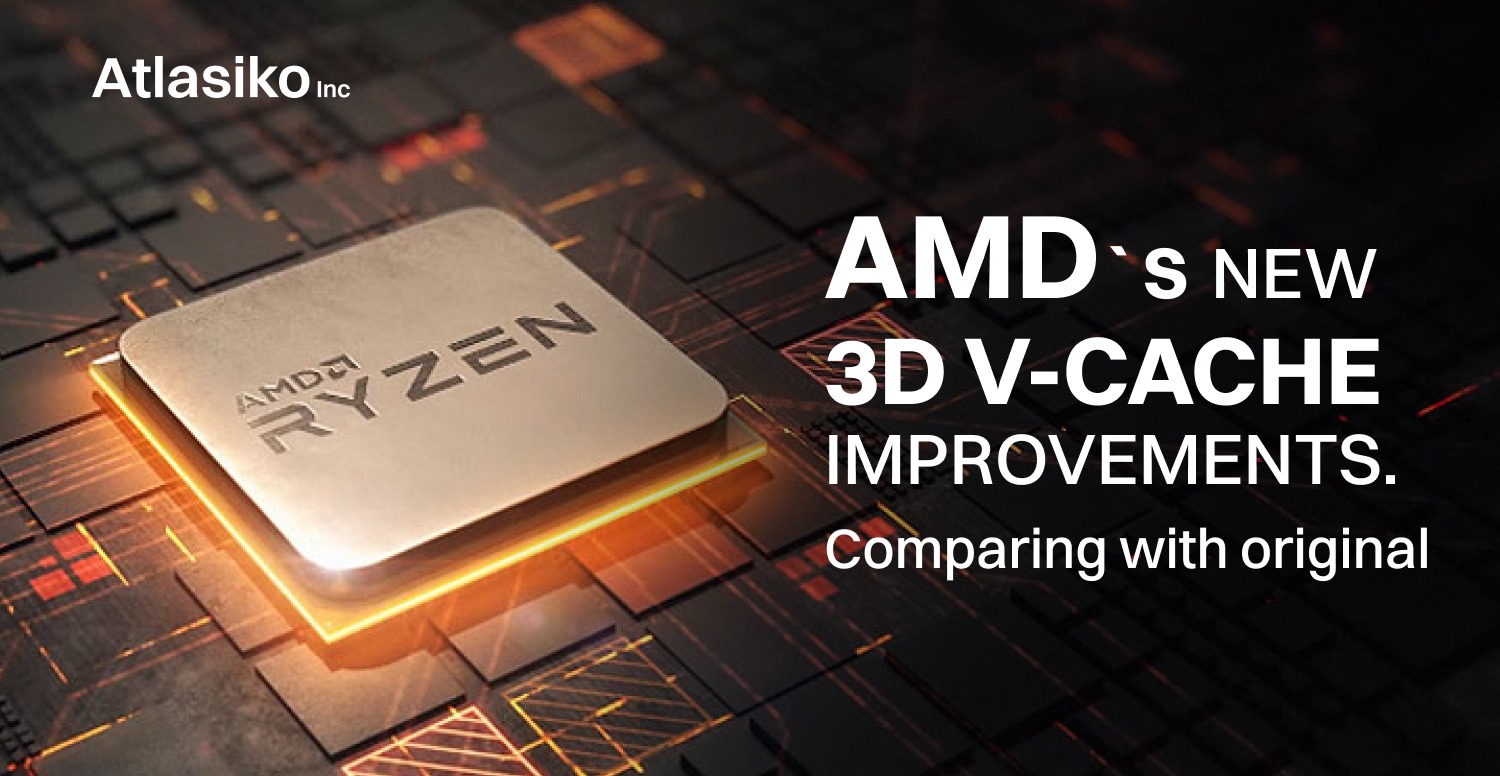AMD's release of the Ryzen 9 7950X3D the previous month sparked excitement from consumers eager to see the potential of its second-generation improved 3D V-Cache. Despite equivocal thoughts about the processor`s usefulness in the 16-core CPU, the company has now presented its technical characteristics to clarify operational processes.
In 2019, AMD began mixing nodes by using the 7 nm node for the core complex die (CCD) and the 12 nm node for the IO die of the Zen 2 microarchitecture. Now, the firm has confirmed that Zen 4 uses three nodes: the 5 nm node for the CCD, the 6 nm node for the IO die, and the 7 nm node for the V-Cache.
During its recent ISSCC unveiling, AMD shared some of the difficulties it faced when stacking one node on top of another. The 7950X3D and the original 5800X3D have their V-Caches placed over their usual L3 caches to allow them to be connected. It enables keeping the V-Cache away from the heat produced by the cores. Meanwhile the V-Cache fits accurately over the L3 cache in the 5800X3D, it imbricates with the L2 caches on the edges of the cores in the 7950X3D.
Problem also was when AMD made increased the size of L2 cache in each core from 0.5 MB in Zen 3 to 1 MB in Zen 4. It impacted on space limits by punching holes through the L2 caches for the through-silicon vias (TSVs) that deliver power to the V-Cache. The signal TSVs come from the controller in the center point of the CCD, but AMD amended them to minimize their footprint by 50%.
AMD also shrunk the V-Cache down from 41 mm2 to 36 mm2 while maintaining the same 4.7 B transistors. The cache is fabricated on a new version of the 7 nm node developed by TSMC specifically for SRAM. Therefore, the V-Cache has 32% more transistors per square millimeter in comparison with CCD, despite the CCD being manufactured on the much smaller 5 nm node.
All of these improvements and methods add up to a 25% growth in bandwidth to 2.5 TB/s and an unspecified increase in efficiency. This is an impressive achievement for nine months between the first and second generations of a supplemental chiplet.
In conclusion, improved 3D V-Cache brought users significant benefits. No wonder the creation process was really challenging. It remains to be seen how this increased performance will translate to the Ryzen 7 7800X3D, which is set to arrive next month.







